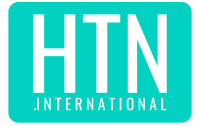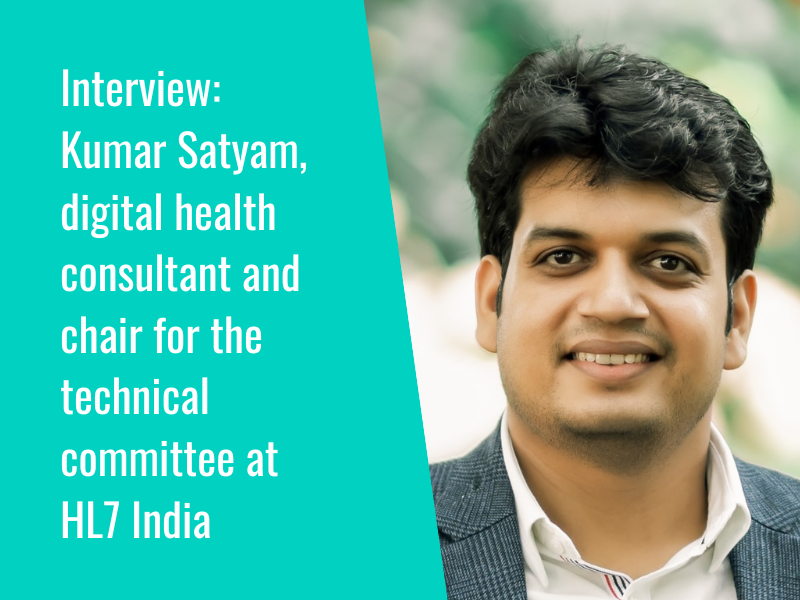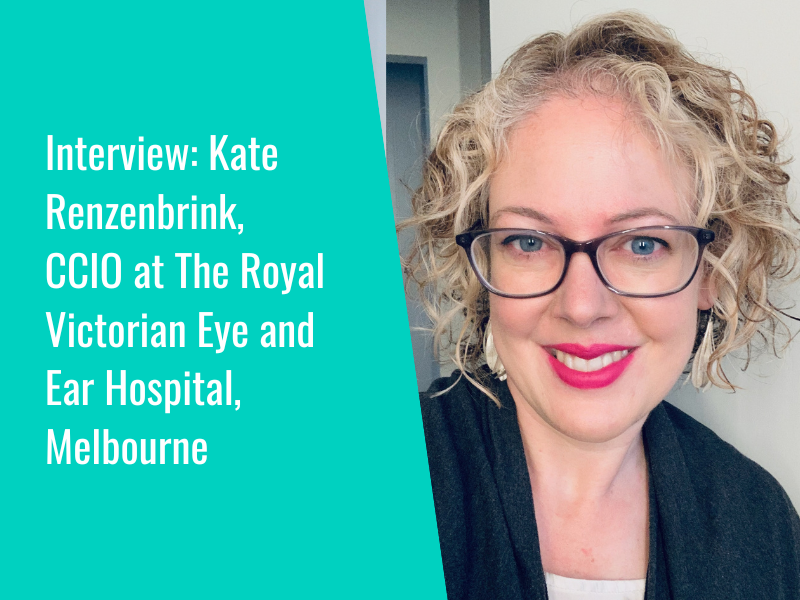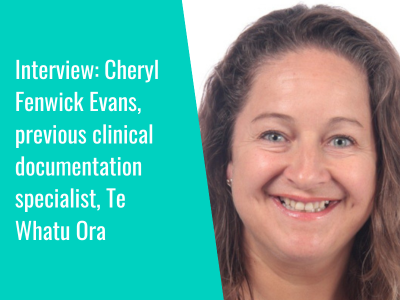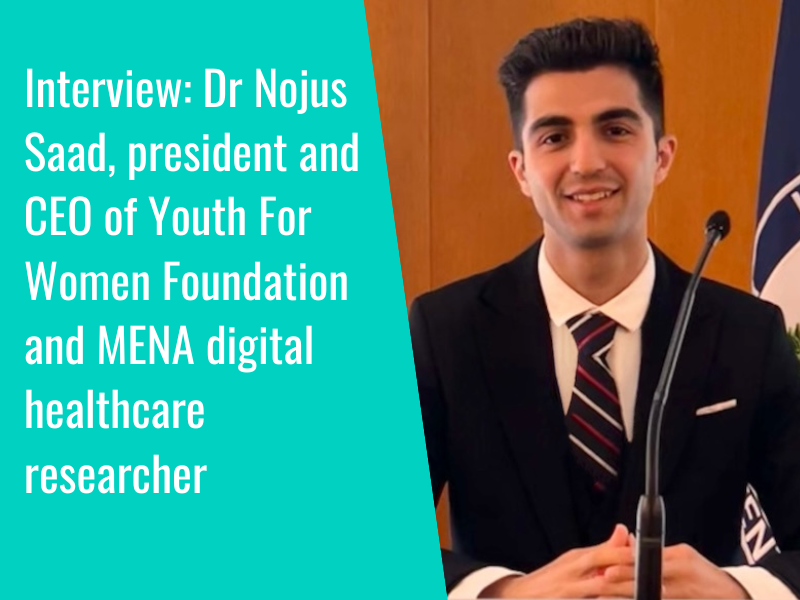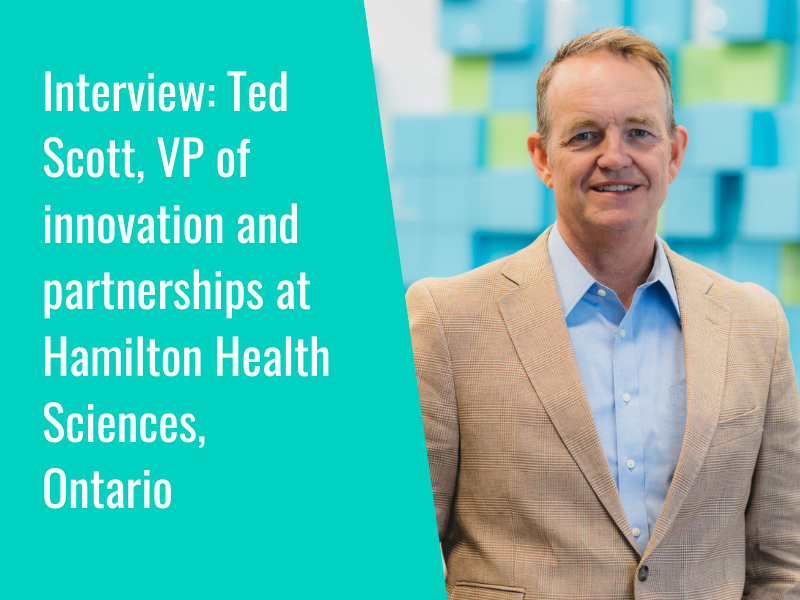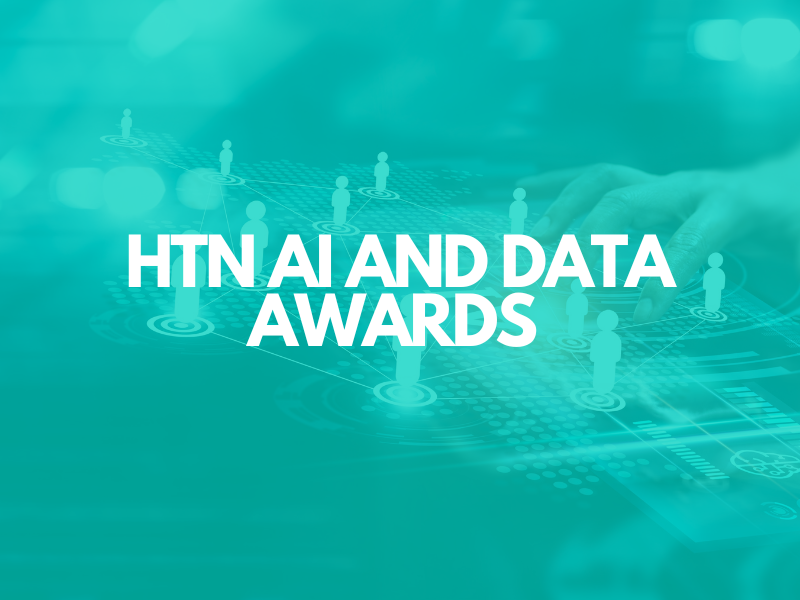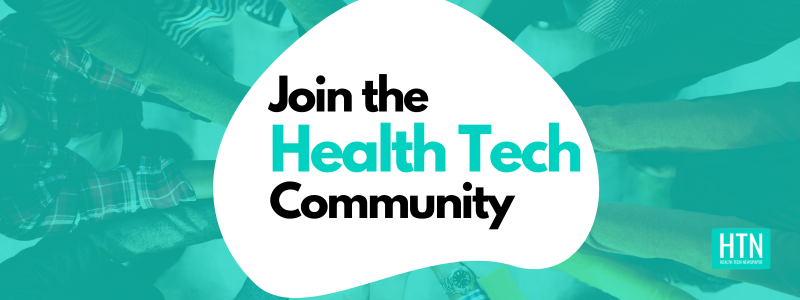The US Department of Health and Human Services (HHS) has announced that it has finalised its Health Data, Technology, and Interoperability: Certification Program Updates, Algorithm Transparency, and Information Sharing (HTI-1) rule, which focuses on advancing patient access, interoperability and standards.
The final rule covers four main points: algorithm transparency; enhanced information blocking requirements; new interoperability-focused reporting metrics for certified health IT; and United States Core Data for Interoperability (USCDI) Version 3, a “standardized set of health data classes and constituent data elements for nationwide, interoperable health information exchange”.
On algorithm transparency, the rule establishes “first of its kind transparency requirements” for AI and predictive algorithms within health IT, promoting responsible AI, making it possible for clinical users to access a “consistent, baseline set of information” about algorithms employed in their decision making, and assessing these algorithms for fairness, appropriateness, validity and safety.
On USCDI Version 3, the rule “adopts the United States Core Data for Interoperability Version 3 (v3) as the new baseline standard within the ONC Health IT Certification Program as of January 1, 2026”. v3 updates previous USCDI versions focused on accuracy and completeness of patient characteristics data to promote equality and health data interoperability.
The rule’s provisions for enhanced information blocking requirements update definitions and exceptions, as well as adding a further exception to “encourage secure, efficient, standards-based exchange of electronic health information under the Trusted Exchange Framework and Common AgreementSM“.
Finally, as far as interoperability-focused reporting metrics for certified health IT, the rule implements the 21st Century Cures Act’s requirement “to adopt a Condition of Certification (the “Insights Condition”) for developers of certified health IT to report certain metrics as part of their participation in the Certification Program”. This will help offer enhanced insights into the ways that certified health IT is being used to support care delivery.
Micky Tripathi, national coordinator for health IT, said: “The public feedback and participation in the HTI-1 process was tremendous. Through the HTI-1 final rule, our upcoming HTI-2 proposed rule, and our broader efforts, ONC continues its important work to build health care’s digital foundation, make interoperability easier, and ensure that digital information and tools are being appropriately used to support patient access and to improve the health and well-being of all Americans.”
To learn more about the final rule, please click here.
Also on AI, researchers from UCLA and UC Irvine have created a database containing more than 83,000 surgical outcomes from EHR data and “high-fidelity physiological waveform data” which “fills a gap in publicly accessible databases that researchers can use to train and test AI algorithms”.
- 1
- 2
